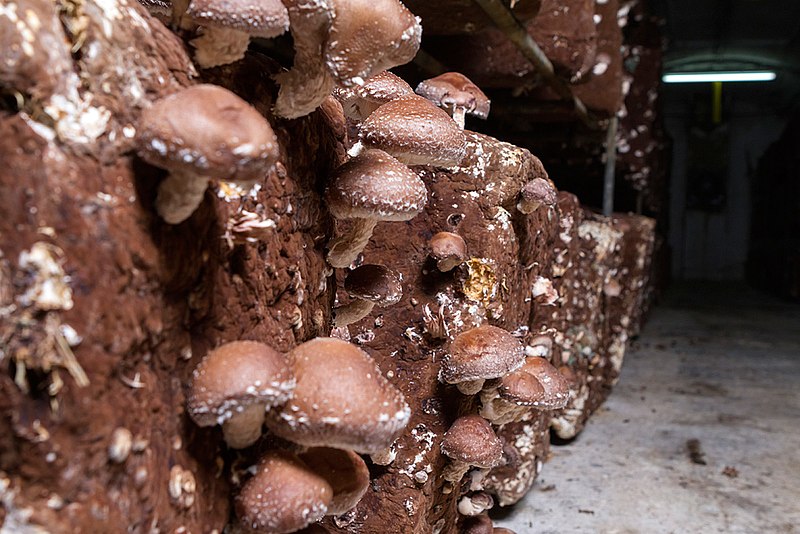A couple of weeks ago, we organised a Foraging exploration of a very special piece of Eden, tucked away in a hidden valley, in the heart of Devon.
My late friend Michael Cole, the previous steward of this land, cared for His surroundings with a love and tenderness that I have rarely encountered - a very inspiring man he was indeed. After nearly 30 years of his life here, Michael sadly passed away last October - but his legacy - the land and all its inhabitants live on, and resound with his presence.
The result of such sensitive land management can be heard in the bright, resilient bird song, seen in the beautifully crafted trails that wind themselves around old, wisened trees, and felt in the exuberant gratitude of nature, that has been treated with dignity, reverence and respect.
There could be no better place for a Springtime forage, and so we arranged for a group session to raise funds for one of Michael's favorite causes - a charity which tackles many of the world's most urgent crises with one simple act - Planting Trees.
Michael was all about creating Arks - places of shelter and conservation, where people might be able to weather tough times that might lie ahead. It's no wonder he was such a great supporter of Tree Aid, and their inspirational work - in a continent that he loved.
So one Sunny Spring Sunday we set out, to explore the rich, diverse flora of Coombe Farm, and see what we could rustle up for a rustic Springtime Soup.
Sometimes Photos say much more than words - and we were lucky enough to have some very talented photographers on our walk. I leave their work to tell the story of a lovely May afternoon, spent exploring the plant world together... a simple activity that can do so much to bring people together with nature. An effective remedy, I hope, to the disease of disconnection to which much of the world seems to have found sadly little resistance... let this bring us hope :)




The soup was a sumptuous cocktail of salt, water, lentils and at least 22 species of foraged plants that follow:
Yellow Archangel
Lesser Celandine (only edible once cooked)
Herb Robert
Ground Ivy
Wood Sorrel
Wild Strawberry Leaves
Skull Cap
Red and Pink Campion
Red Clover
Ox-Eye Daisy
Primrose
Wild Garlic (Ramsons)
Lesser Stitchwort
Ribwort Plantain
Dog Violet
Jack-By-The Hedge (or Garlic Mustard)
Sorrel
Cleavers
Water Cress
Stinging Nettle
Bramble shoots
Knapweed
With donations from our forage still coming in, and with the addition of UK Aid, we will almost certainly exceed £500. This will specifically be used to help women in Mali plant trees in depleted lands, that will bring revival and resilience to their homelands.
To learn more about Tree Aid and to make a donation - please visit https://www.treeaid.org.uk/





































